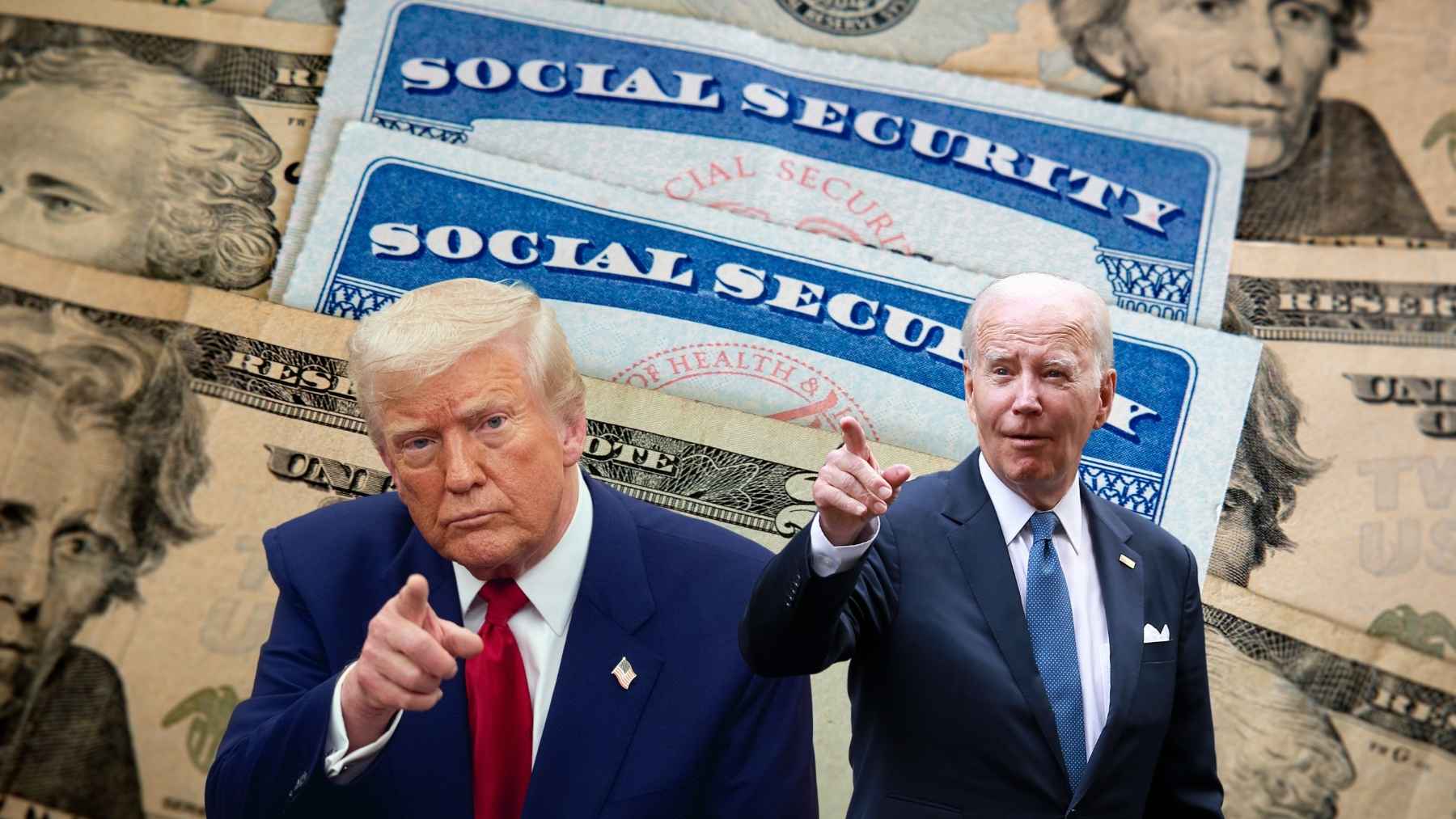After many years of political fighting, the Social Security Fairness Act was finally signed into law. This milestone affected thousands of retired public sector workers and back pay deposits have finally started. Many retirees who were affected by two provisions previously, the Windfall Elimination Provision (WEP) and Government Pension Offset (GPO) will now see payments in their bank accounts.
The Fight for Fairness: What Is the Social Security Fairness Act?
The Social Security Fairness Act is a piece of legislation aimed at repealing the WEP and GPO, which were two provisions that previously reduced benefits for millions of Social Security beneficiaries who also received a government pension.
The WEP affects citizens who earned a pension from non-Social Security-covered employment such as teachers or firefighters. This resulted in lower monthly payments.
The GPO reduces Social Security spousal or survivor benefits for those who also receive a government pension, sometimes wiping those benefits out entirely.
These two provisions have been unfair to public servants who spent a part of their working career in government.
Back Pay Deposits: Who Is Getting Paid Now?
The Social Security Administration (SSA) has started processing back payments for eligible retirees.
Here’s a breakdown of who qualifies:
- Retired public employees who were subject to WEP and had worked enough quarters in a Social Security-covered job.
- Spouses and widows/widowers who had spousal or survivor benefits reduced or eliminated due to the GPO.
- Dual-earning retirees who served both in a government position and the private sector during their careers.
There are many beneficiaries who are already seeing retroactive payments. The amounts vary depending on how long the citizens was affected and how much was withheld.
In some cases, retirees are receiving lump sums ranging from $10,000 to over $40,000, depending on their work history and when they began collecting Social Security.
How Will the Payments Be Calculated?
The SSA has indicated that payments will be calculated based on the amount of benefit withheld due to WEP or GPO since the recipient’s retirement date, adjusted for cost-of-living increases. Payments will also account for any previously denied spousal or survivor benefits.
The process is being rolled out in phases, with priority given to the oldest retirees and those who have already submitted documentation proving their eligibility. Retirees do not need to reapply but may be asked to confirm employment history or pension details.
What’s Next for the Fairness Act Implementation?
The SSA has mentioned that there is expectation to complete the first phase of deposits by the end of June 2025. Those retirees who are remaining will receive payments through summer and early fall.
In the meantime, organizations such as the National Active and Retired Federal Employees Association (NARFE) and the American Federation of Teachers (AFT) are urging retirees to monitor their mail and bank accounts, and to report any discrepancies to the SSA promptly.
A Long Time Coming
The implementation of the Social Security Fairness Act marks a historic step toward correcting decades of inequity. For many retirees, it’s not just about the money—it’s about acknowledgment and justice.
If you think you may be eligible but haven’t received any notification yet, the SSA recommends checking your My Social Security account or contacting a local Social Security office for assistance.
After years of waiting, public service retirees are finally getting what they’ve long deserved: fairness, recognition, and a long-overdue pay check.

